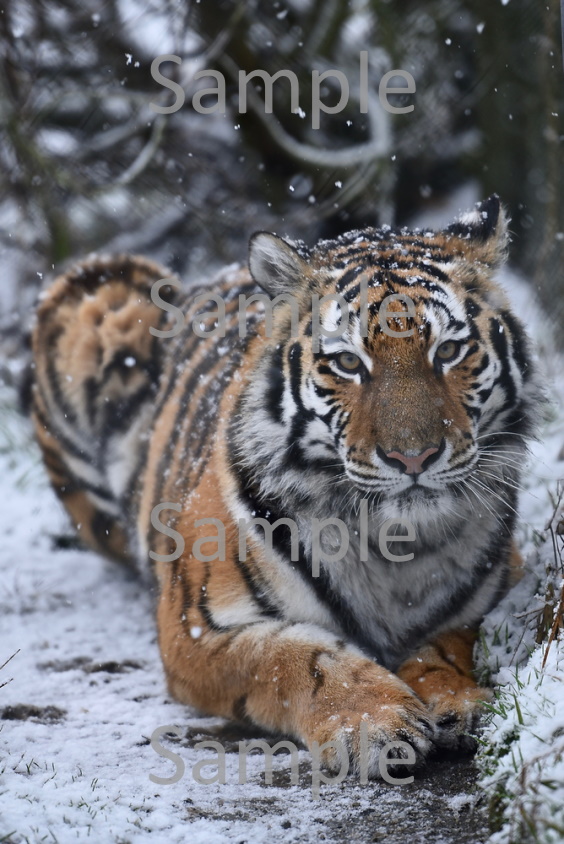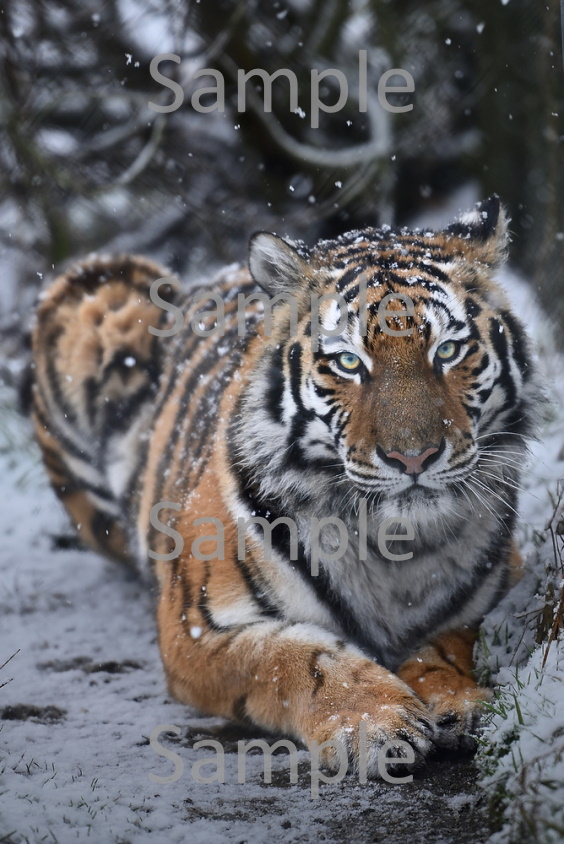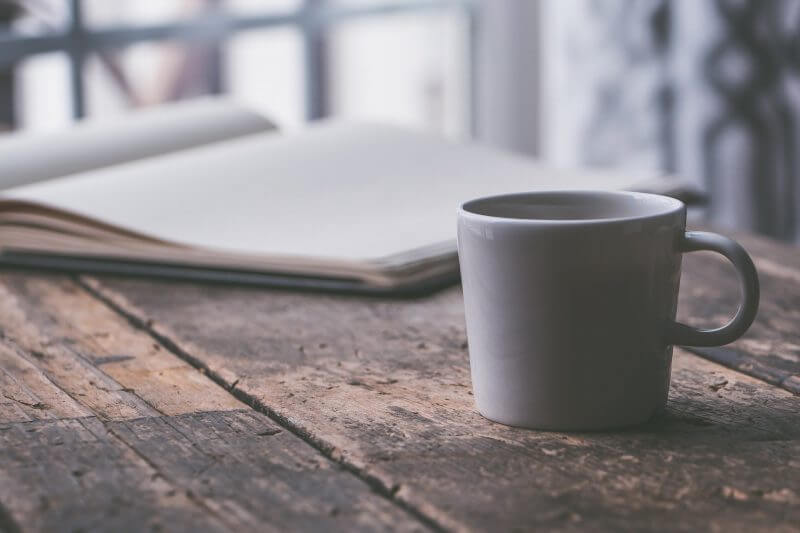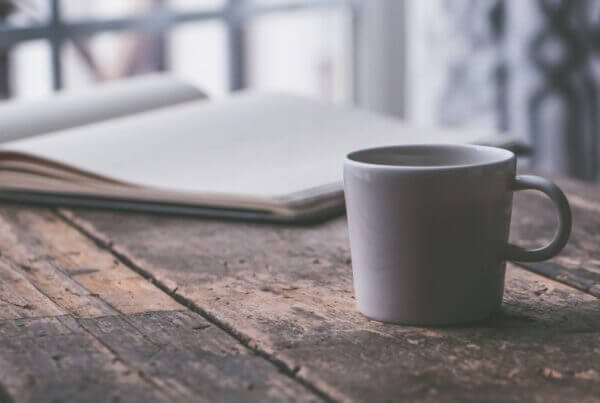If you’re a very imaginative person, you may not need much help in bringing your ideas to life. You can easily parlay whatever exciting visions present themselves to you onto paper or canvas, and discover your way as you go.
Having tried exactly this recently, using a couple of loose reference images, dreaming up a composition and filling in the blanks as I went, I confirmed what I already knew – I’m not blessed with those skills at all!
Where do I start?
The “bridge” upon which I depend starts with: I can’t take my eyes off a particular image, the reason for which might not jump out at me immediately. Perhaps it’s the poise of an animal, the way the environment compliments it, the telling stare, or maybe something I can’t even identify. But there’s something there.

I’ve reached a point where, if something lights a little fire in me, I just know. It’s the kind of thing that tugs at me, and also at my years of experience simply looking at, and taking, photographs. As I write, it’s dawned on me how eternally grateful I am for my long-term (albeit casual) interest in photography. It serves me very well these days, as I generally know what strikes a chord.
Looking forward
I’ll refer to my next portfolio piece to illustrate a few things. It uses a gentle edit of Margaret Strickland’s heartstopping image of a tiger in its Siberian habitat. I’ve treated this image in a similar fashion to “Green Sea Turtle“, by dulling the background a little, adding a soft vignette, and lifting/saturating the subject overall. I’ve also highlighted the face, and added a pronounced highlight to the eyes (akin to two of my leopards from recent times).


Snowy conditions provide “studio” lighting naturally, dissipating the light perfectly in all directions, so it was crucial I kept the edit at arm’s length in some respects, lest I lose any of this unique quality, or any of the patent “earthiness” in the process.
Over the last year or so I’ve been pulled very subtly in a couple of new directions in service to my career as a wildlife artist, owed in no small way to my membership with the Society of Animal Artists, and in having had lengthy conversations with peers and customers alike.
In times gone by, a reference image thumbnail that didn’t “punch me in the face” immediately, while sitting alongside many others on a website of stock images, didn’t warrant any of my attention. By and large, these were high contrast, colourful close-ups of an animal’s face. I still like these, but my emerging style demands a much more thorough appraisal of what’s out there, and there are of course thousands of images. This is both daunting and thrilling! The most choice reference can even be quite mundane-looking to begin with, but it’s a fun and challenging part of my job to imagine a composition, try out a good number edits, and ensure those edits only enhance what’s already there.
I walk a very fine line when altering images. I’m mindful of the fact this is often a critical part of the process in making a memorable piece, but also, if I have a loose “manifesto” at all, it’s to honour nature as we find it. There’s a truth and authenticity to it I feel of course can be fiddled with to the nth degree (why not?).
“Why not” is not an entirely rhetorical question; in my case, my style (and brain) won’t currently accommodate a big leap in imagination (I’ve tried), and there is so much beauty in the weeds of an image I just can’t ignore. I’ve written more than once before on this subject, and the more I do, the more sure I am of my own mind.
To realism (and all alternative styles)!





Recent Comments